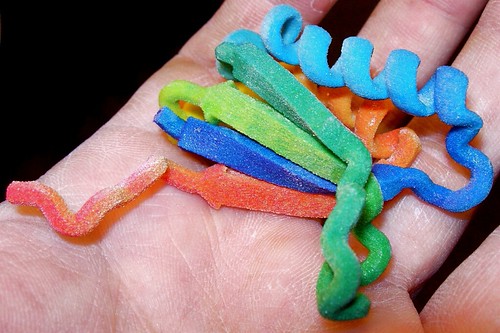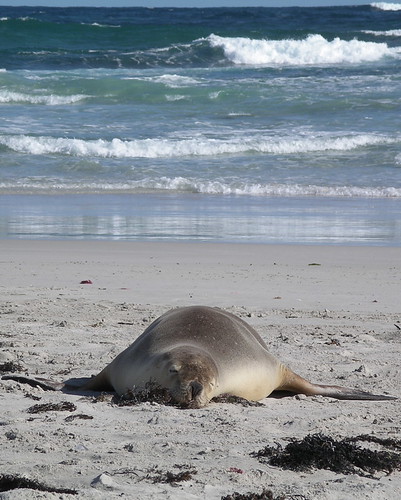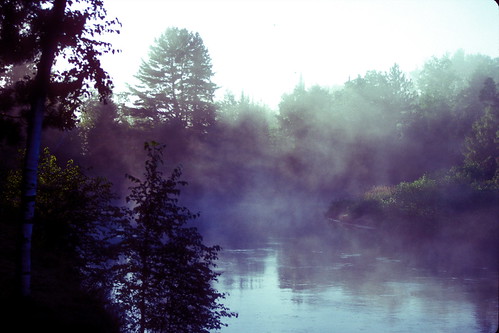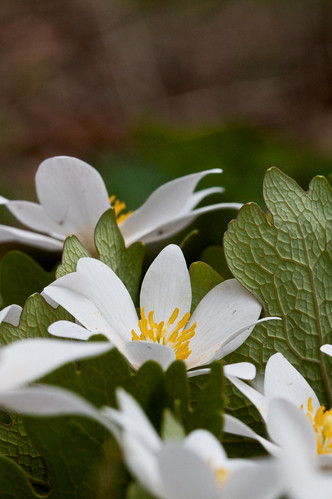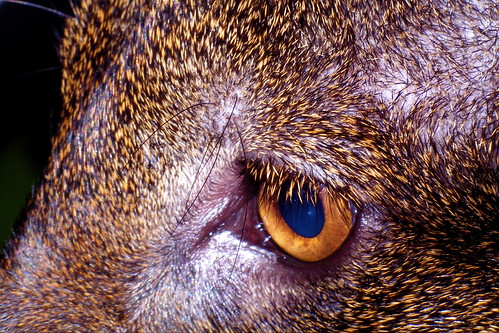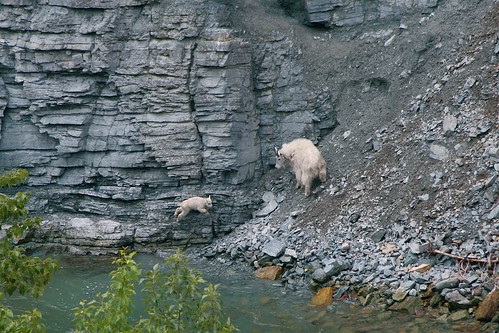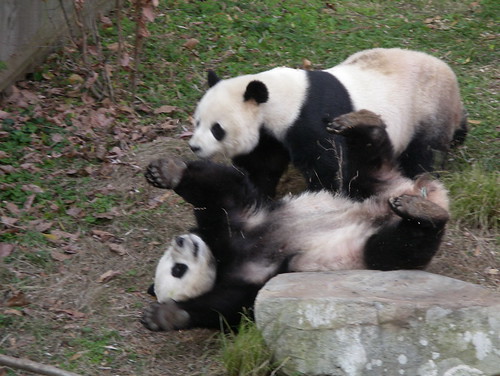
I love how the sloth's face emerges from the darkness. I wish my hand was not in the photo. I am looking forward to trying the contextual fill in Photoshop CS5, but I am also torn about its apparent power to bend reality. How will we know what is real?
Don't get me wrong, I think it is fine for photo as a representation for photographer's vision, but it problematic as photography is also used as a recorder of events. The use of tricks in photography have existed since photography started, both in the recording of images and their processing. In most cases these fabrications were obvious in their creation, and those that were not required a level of sophistication beyond all but the most practiced photographers and masters of the dark room.
The advent of digital photography did not alter this balance much, the people who had the skills to create realistic fabrications might have been different people, but still a rare breed. However, more and more, the software is encapsulating this expertise in easy-to-use tools that take next to no time to use. This is not a "in my day" post. I would just like to consider how we operate in this new reality where images may be based on real ones, but have been significantly altered. Not just by a select few, but anyone with access to the software.
Now, if you want your images to be accepted in some legal cases, there are special add-ons you can use with higher end digital cameras (most higher end Nikons, and 1D series Canons). So yet another reason television shows like CSI make me cringe in their use of P&S cameras for crime scene photos, which might lead to issues of authenticity (though not as badly as representation of DNA processing is handled). Still most of these are out the reach of most photographers, and most do not care, but it would seem that having a way to mark photos as unaltered would be of growing importance.
Until our cameras mark photos as original, this will come down to ethics. We will need to note when a photo is altered, especially when that alternation is significant. I run my photos through a workflow that typically does not alter the content much, but I do often modify the saturation and lightness and contrast, but occasionally more. I have been a Photoshop user for 20 years. I have significantly altered many photos in a humorous way or for aesthetics, but I was forthright with viewers if they asked, but I know I need to do more. Ideally, this would be embedded in the file so it it is not lost if it is moved around, or perhaps even allow the viewers to see the original image. With this coming future, I think it will be crucial to have the ability to mark photos as altered in a way that the viewers can find out if they would like to know.
